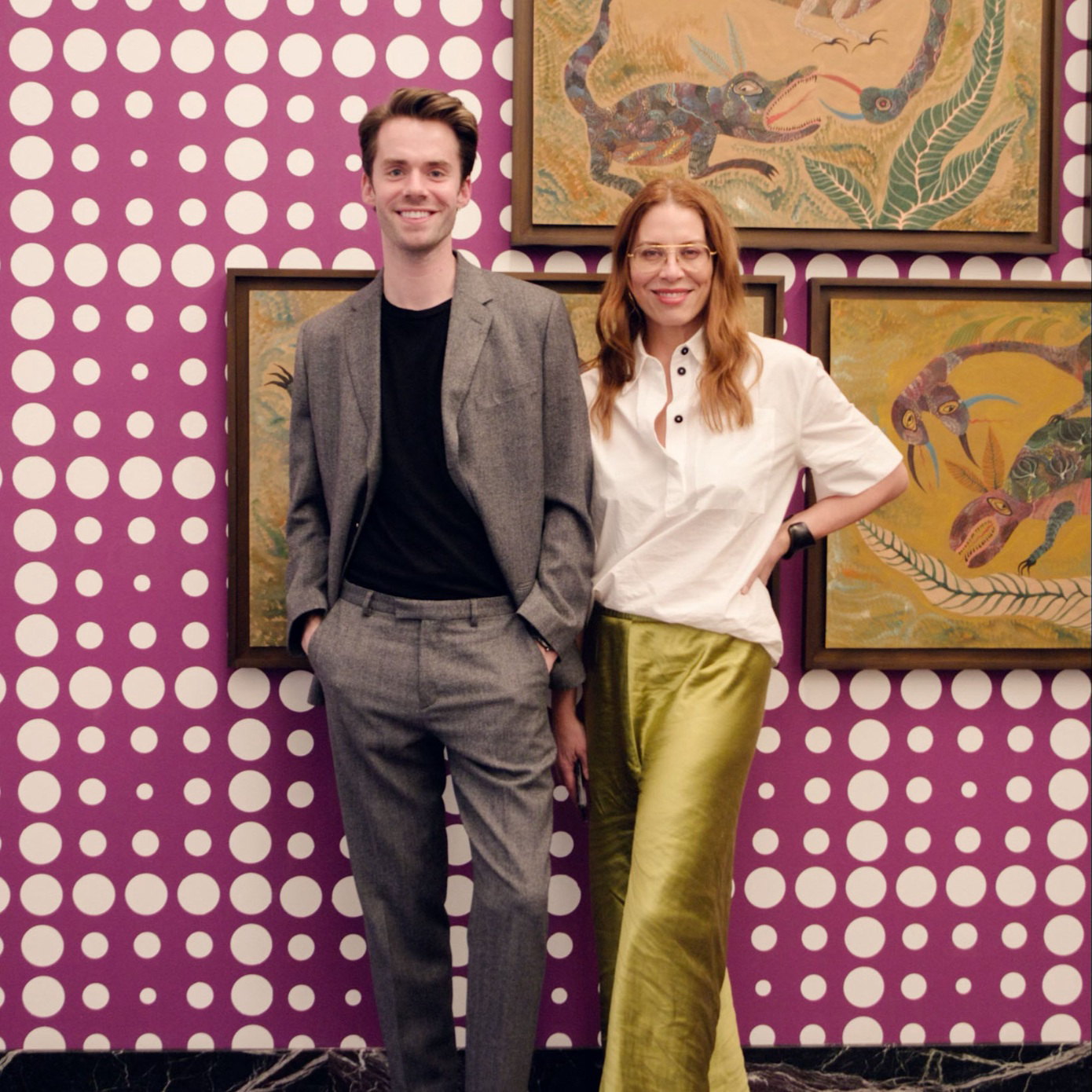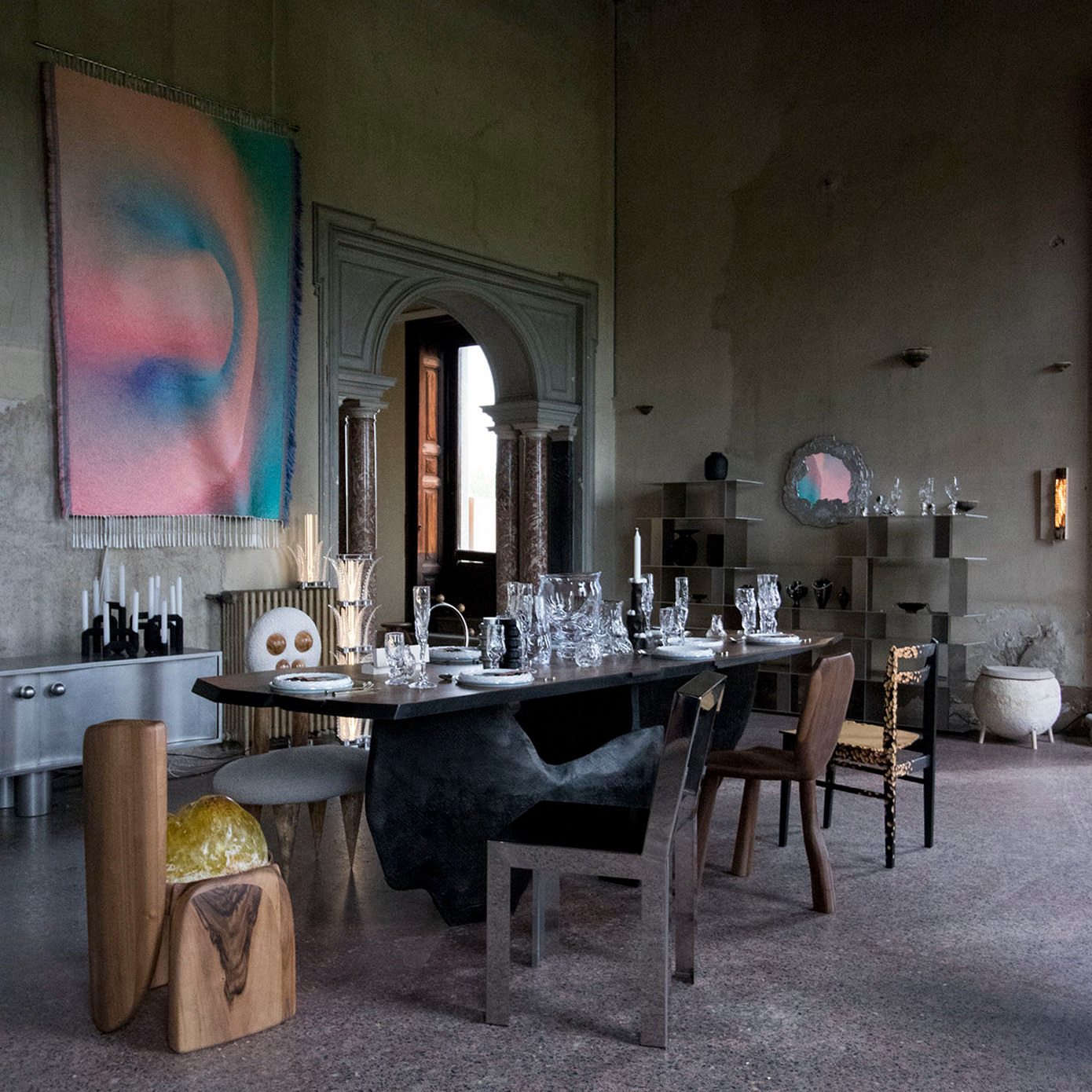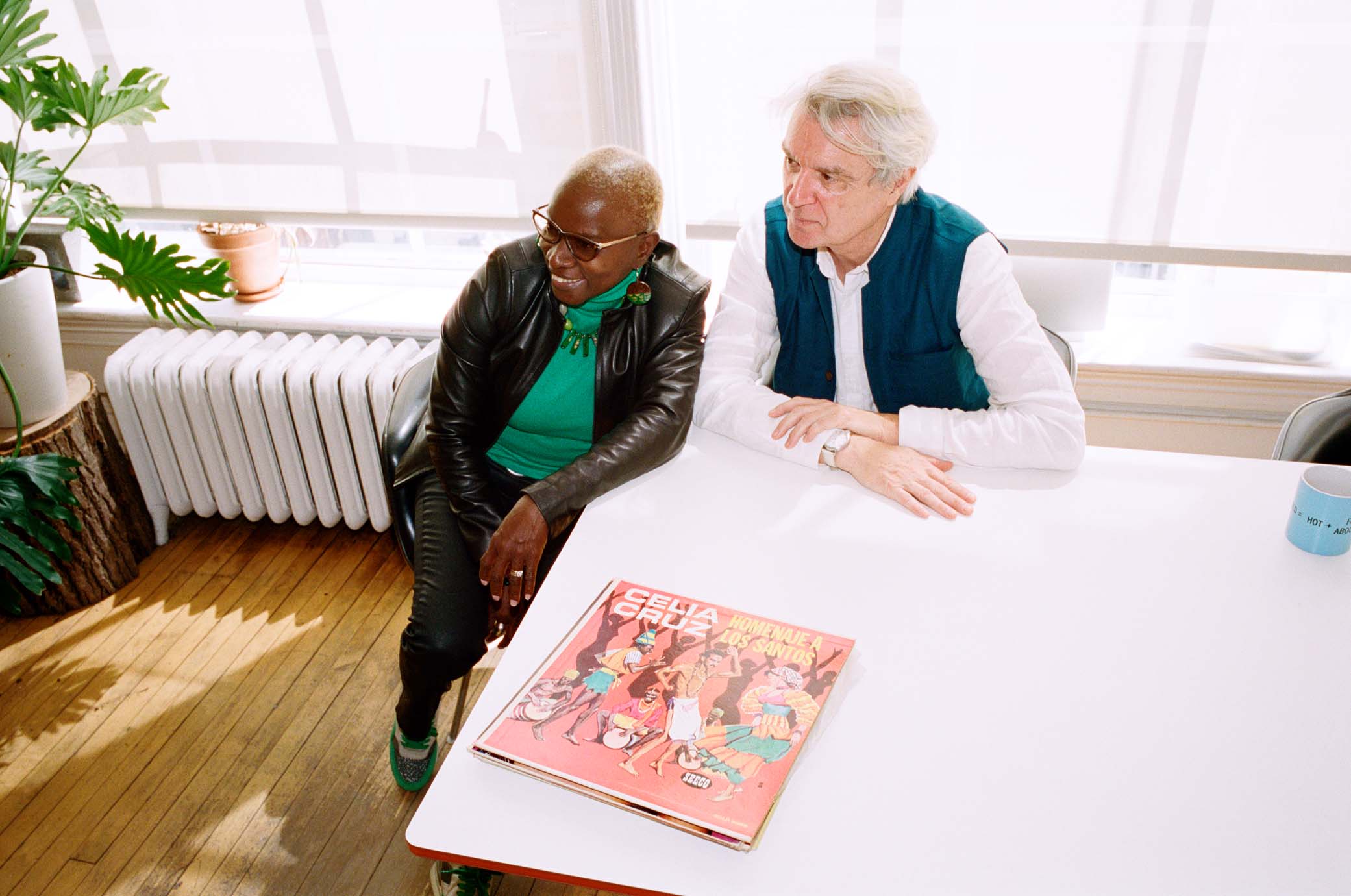
All exceptional in their respective fields, these six creatives have lived lives and made work so profound it has been canonized. But, the journey to get to rightful, meaningful recognition has not been without struggle. Fighting racism, sexism and other prejudices, their experiences of making art as young people were persistently oppressed and, in some cases, caused their legacies to go unknown until much later in their lives. History repeats itself, unless we take the time to learn from the past. Listening to our elders may just inspire the future.
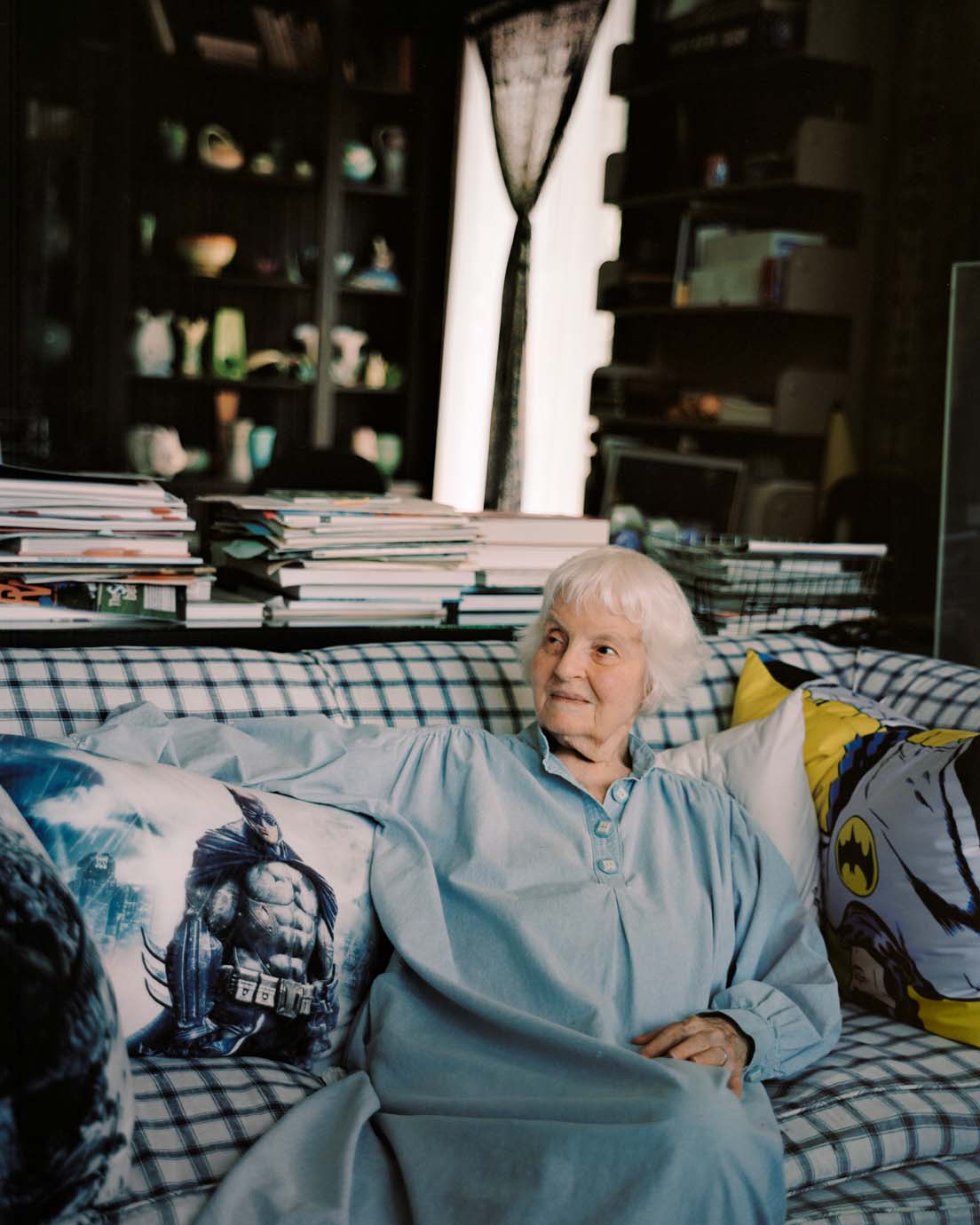
In 2013, two Harvard Graduate School of Design students launched a petition to the Pritzker Prize jury to retroactively give the then-septuagenarian architect Denise Scott Brown joint recognition for work with her husband, past Prize winner Robert Venturi. She was denied, but, wrote Anna Katz for Cultured in 2019, “became a symbol of the discipline’s long-overdue and still-incomplete feminist turn.” Long an outspoken champion for women’s rights in the boys’ club of architecture, Scott Brown wrote candidly about her experiences of exclusion and sexism that caused not only the Pritzker prize committee to overlook her work, but also institutions (her first monographic solo show was in 2018), history books and academia to do the same. In Katz’s words: “Scott Brown created the room for reckoning, discussion, and change that she’d first decried in her 1989 polemic text, ‘Room at the Top? Sexism and the Star System in Architecture.’”
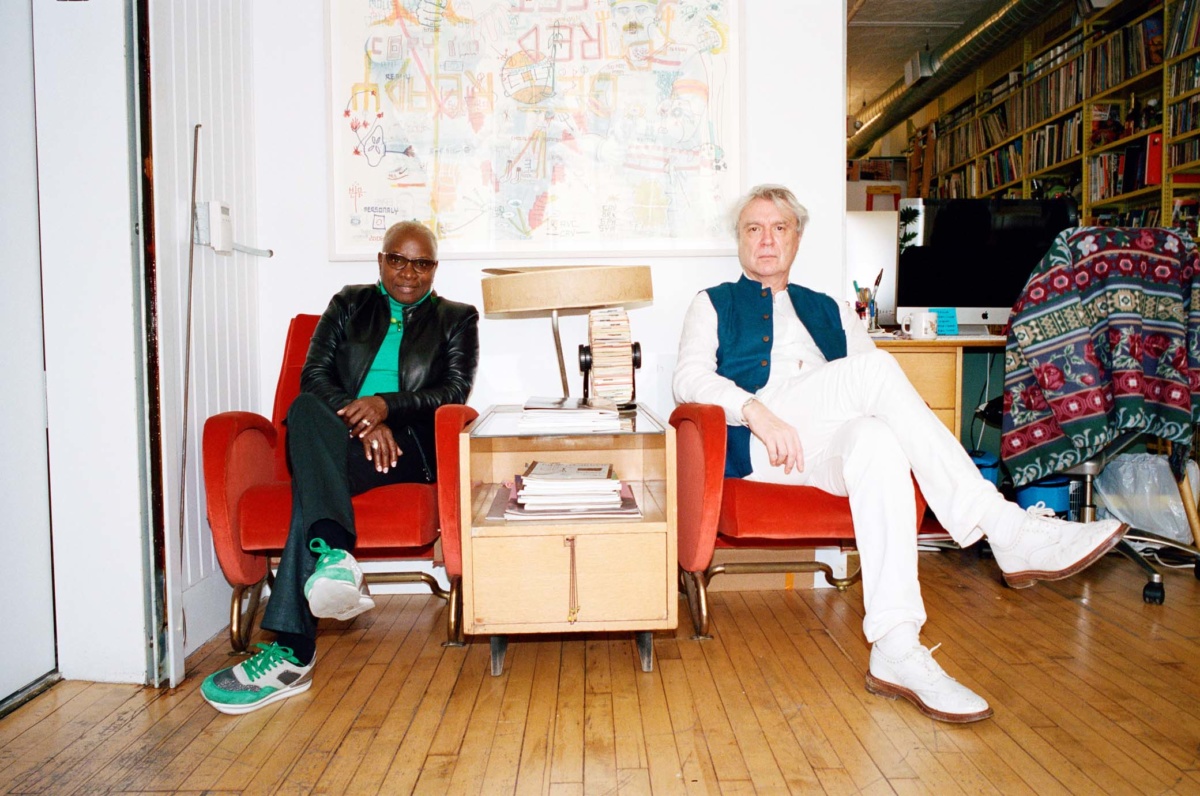
Angélique Kidjo and David Byrne
Friends for more than two decades, Angélique Kidjo, the Benin-born super-diva, and David Byrne, former lead singer of the Talking Heads, have inspired each other’s music, album art and perspectives on musical genres. What they’ve learned most is not to be caught up in semantics or stifled by categorizations within sound. In conversation for Cultured in 2019, they reflected together on art-making through music and their shared influences. Says Byrne: “People think most communication is with words, but it’s just as much with sound and image and dance, how we move and how we look. All these kinds of things are just as much as how we communicate.”
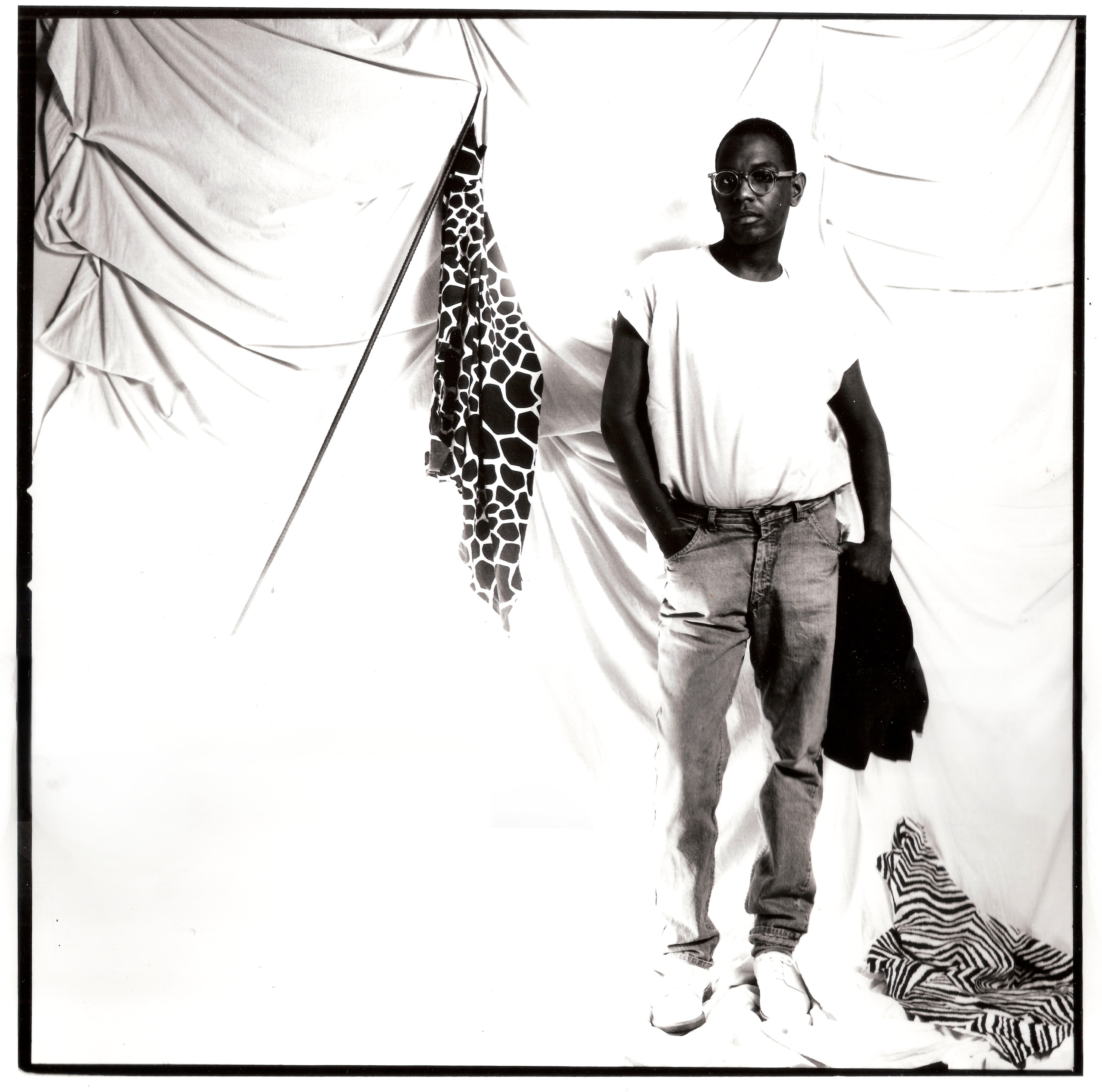
The late Black gay designer Willi Smith introduced the world of high fashion to the everyday. His iconic brand “WilliWear” sent unisex tee-shirts, jeans and uniforms down the runway and has inspired countless contemporary designers in its aesthetic and inclusivity. “WilliWear was normcore before the meme, privileging comfort, accessibility and simplicity,” wrote Fiona Alison Duncan for Cultured this year, who notes that he staged his experiential Midtown showroom with visual inspiration from the Christopher Street Piers, a popular gay cruising location in New York City in the 1970s and ’80s. As Smith once said: “I want people, diverse people, all kinds of people, to see themselves in and to use my clothing to express themselves.”
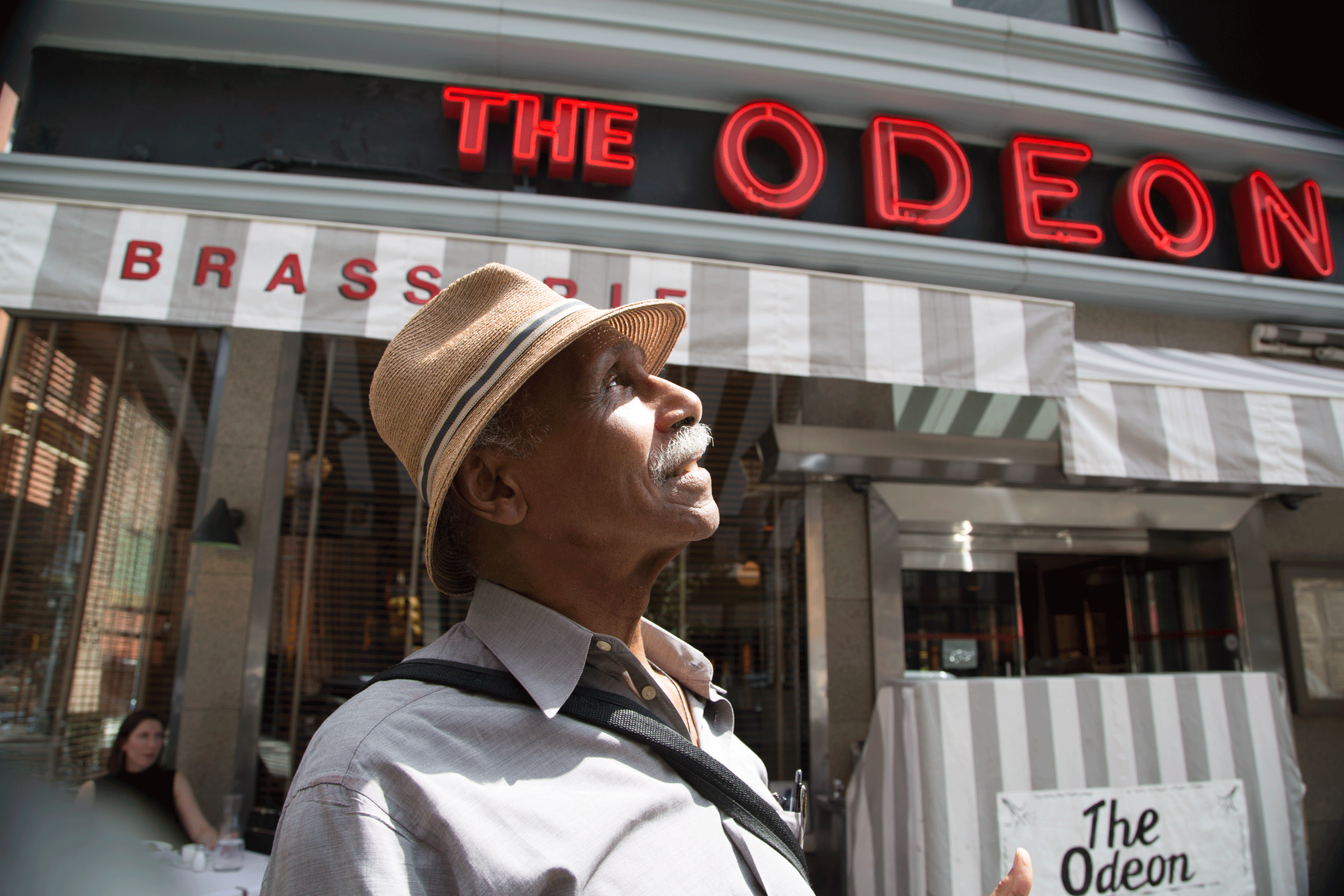
Photographer Adger Cowans began his creative journey as an assistant to the iconic film director, musician, photographer and writer Gordon Parks and has since become a legend himself, making room for the next generation of imagemakers. In conversation with artist Hank Willis Thomas for Cultured in 2019, Cowans described his philosophy on art and his experience as a Black photographer living through the civil rights movement. Though he came up shooting film, he is open to all media, maintaining that the emotion you capture is what matters. He said to Willis Thomas, “Whether you’re using film, digital, print-making, it’s all about the emotion in the photograph or painting or whatever. Capturing those feelings that come through you—if you’re honest and true, it translates so that other people can feel them.”
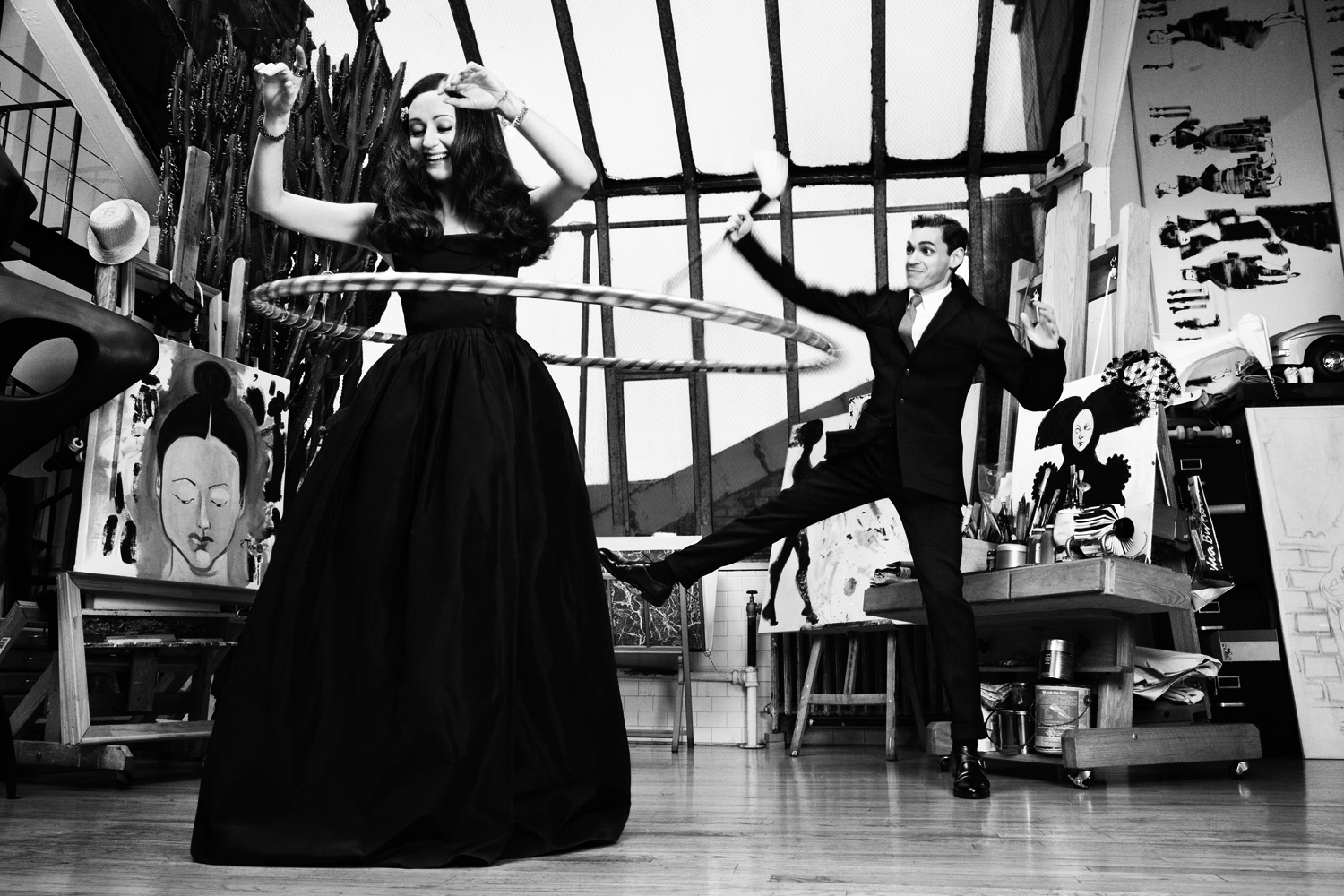
Cuban-American designer Isabel Toledo was long a muse of her peers. Revered for her elegant designs that were crafted with geometric precision, “she was, as they say, a designer’s designer. A painter’s painter, a writer’s writer, a director’s director,” wrote Eugenie Dalland for Cultured in 2019. “Do these visionaries, so doggedly in love with their craft, invariably die in relative obscurity?” But Toledo, who died at age 59 from breast cancer, Dalland argues, never cared for fame. In her 25 years as a designer, her art was always the most important thing and she embraced every project (from her own high fashion line to collaborations on Lane Bryant plus-size wear) with the same verve and curiosity. Wrote Dalland: “Her example was that of the revolutionary: go against the grain. Do not give up. Do not cave in. Have a vision and make no sacrifices in its pursuit.”
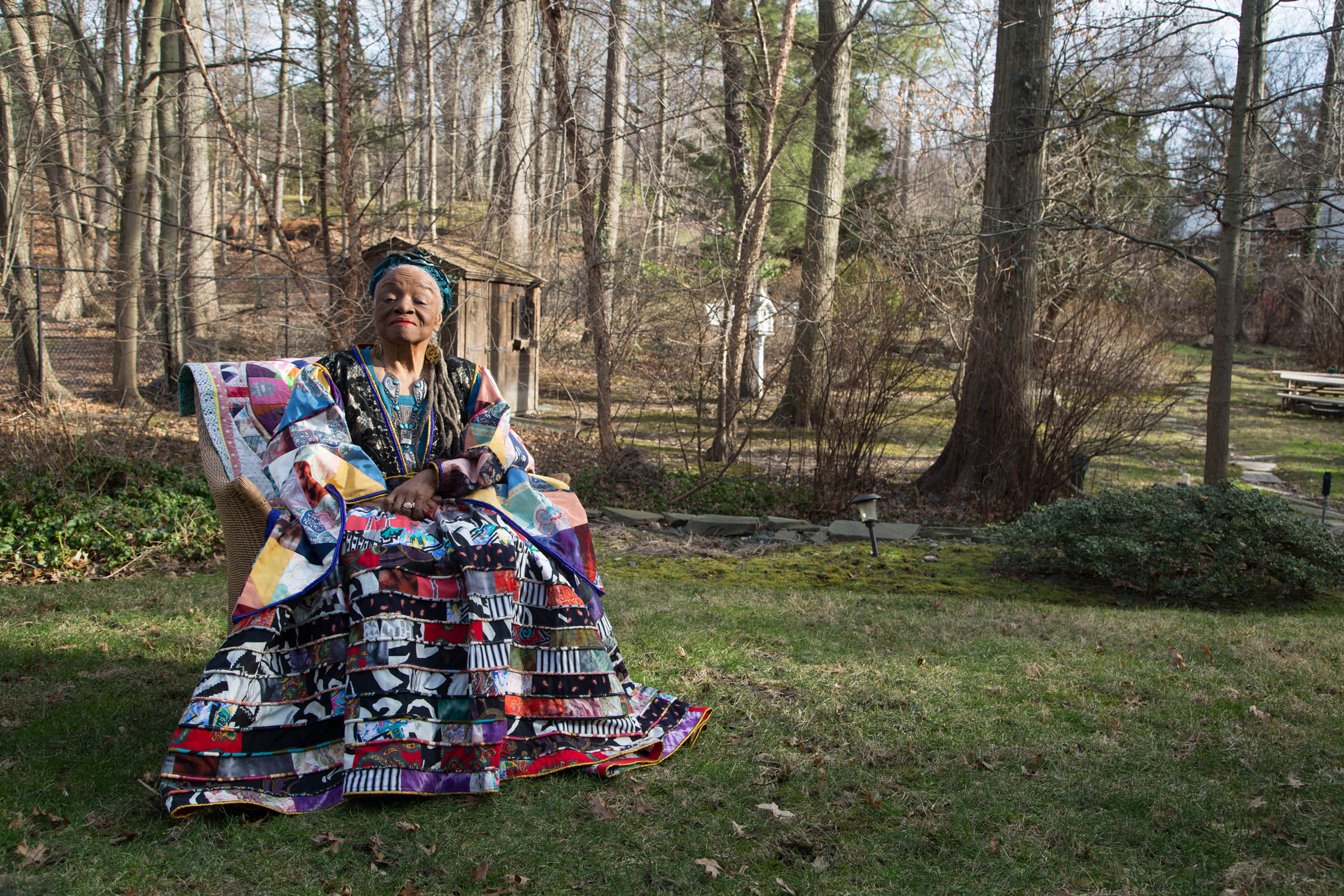
"The explicit political content in Faith Ringgold’s early work is increasingly de rigueur," wrote Diana McClure of the artist for Cultured in 2019. "For some, its visceral message seems to match the complex feelings of rage, discomfort and empowered self-representation wafting throughout the zeitgeist, alongside discussions on gender equality, structural racism, white privilege, economic disenfranchisement and so on—conversations Ringgold was having with a group of black intellectuals and activists in the 1960s." Though, as a young artist, her work was largely ignored, Ringgold has finally recently been getting her due, through solo shows and a documentary, encouraged in part by political responses to our nation’s current administration. Now, her largest concern is a personal one: aging. “People are aging into living longer and longer. And I’m fascinated with the possibilities of what that can be and what it could look like.”


